Is this a girdling root and do I need to cut it off?
Heruga (7a Northern NJ)
last year
Related Stories

GARDENING GUIDES7 Ecofriendly Gardening Ideas That Also Cut Chore Time
Spend less time weeding, less money watering and more moments just sitting back and enjoying your healthy garden
Full Story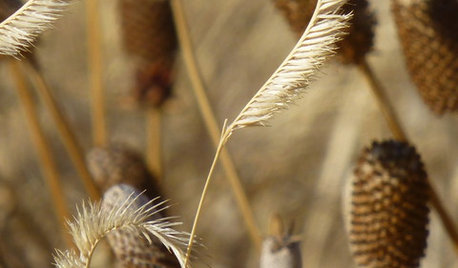
FALL GARDENINGAutumn’s Spent Flowers Enrich the Off-Season
The garden season never ends when you think beyond summer blooms
Full Story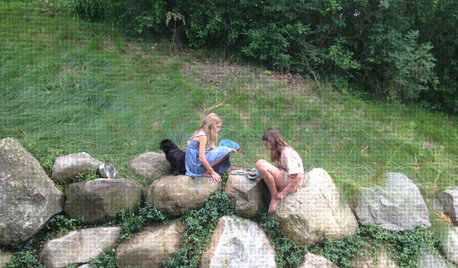
LIFETurn Off the Video Games and Turn On Your Kid's Creativity
Going nuts planning summer activities? Kids overdosing on screen time? It may be time to foster more self-directed play
Full Story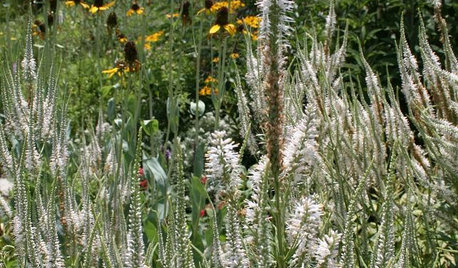
CENTRAL PLAINS GARDENINGGreat Design Plant: Culver's Root
Spiky summer blooms beloved by butterflies and architectural interest in winter make this Midwest native plant worth featuring in the garden
Full Story
ARCHITECTURERoots of Style: Art Deco and Art Moderne
Get to know the similarities and differences between these architectural styles of the 1920s and 1930s
Full Story
GARDENING GUIDESHow I Learned to Be an Imperfect Gardener
Letting go can lead to a deeper level of gardening and a richer relationship with the landscape. Here's how one nature lover did it
Full Story
GARDENING GUIDES6 Steps to Get a Garden Off to a Glowing Start
Grow a lush, balanced garden from an empty patch of yard or neglected landscape spot with these easy-to-follow guidelines
Full Story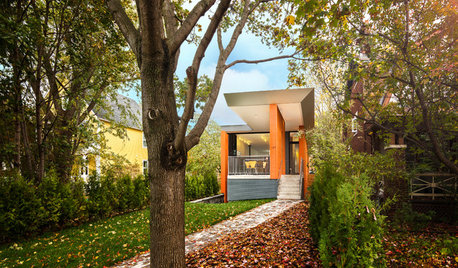
MODERN HOMESHouzz Tour: A Modern Home Rooted in Its Place
It's partially buried in the earth, but with a cantilevered roof and strong colors, this Ottawa home is anything but shy
Full Story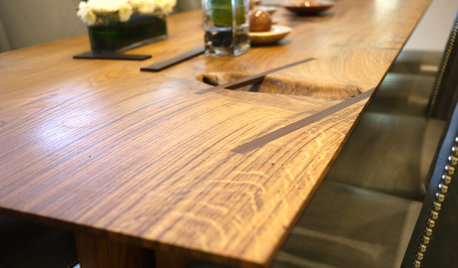
FURNITUREWood Furniture Has Root Cause
Sustainability is just the beginning with Robin Wade's lovingly made 'rustic modern' wood furnishings
Full Story
LIFE6 Ways to Cool Off Without Air Conditioning
These methods can reduce temperatures in the home and save on energy bills
Full Story


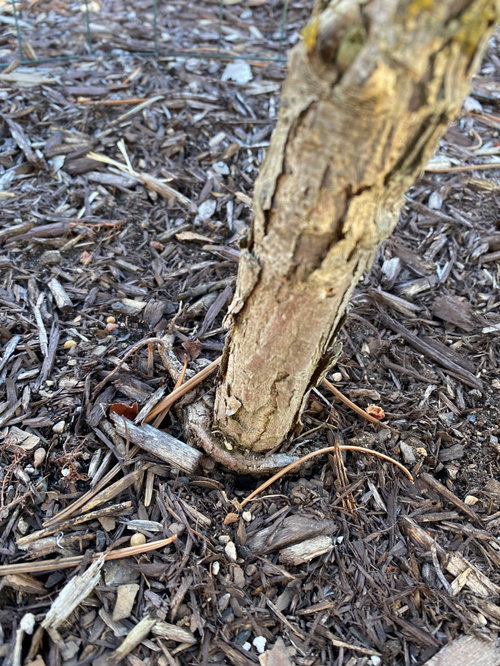




BillMN-z-2-3-4
Heruga (7a Northern NJ)Original Author
Related Discussions
Not girdling but overlapping root - would you cut it ?
Q
Just purchased a rooted cutting . What do I need to get started?
Q
Hi need some info Please...How do I root Corkscrew vine cuttings?
Q
LaceLeaf JM: cut girdling roots today :\
Q
bengz6westmd
BillMN-z-2-3-4
ken_adrian Adrian MI cold Z5
BillMN-z-2-3-4
alley_cat_gw_7b
Embothrium
Heruga (7a Northern NJ)Original Author
BillMN-z-2-3-4
Heruga (7a Northern NJ)Original Author
BillMN-z-2-3-4
Heruga (7a Northern NJ)Original Author
BillMN-z-2-3-4
ViburnumValley central KY Bluegrass z6
Heruga (7a Northern NJ)Original Author
BillMN-z-2-3-4
alley_cat_gw_7b
Heruga (7a Northern NJ)Original Author
Heruga (7a Northern NJ)Original Author
floral_uk z.8/9 SW UK
sam_md
cecily 7A
Heruga (7a Northern NJ)Original Author
cecily 7A
mad_gallica (z5 Eastern NY)
floral_uk z.8/9 SW UK